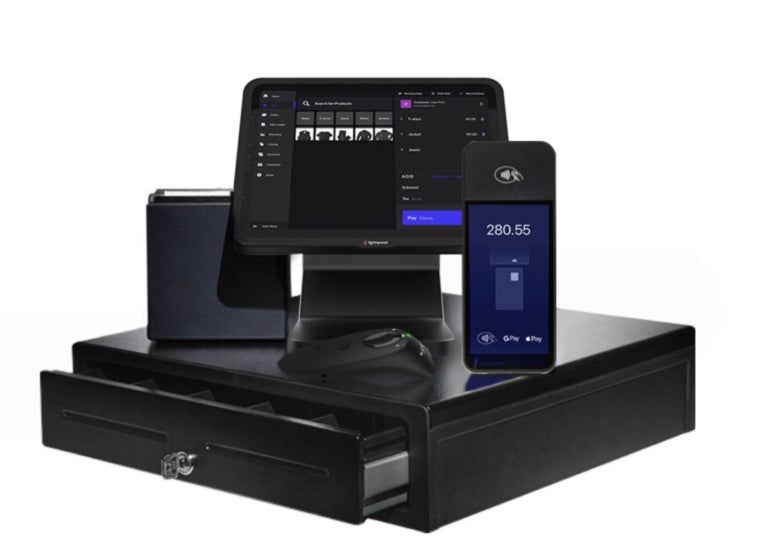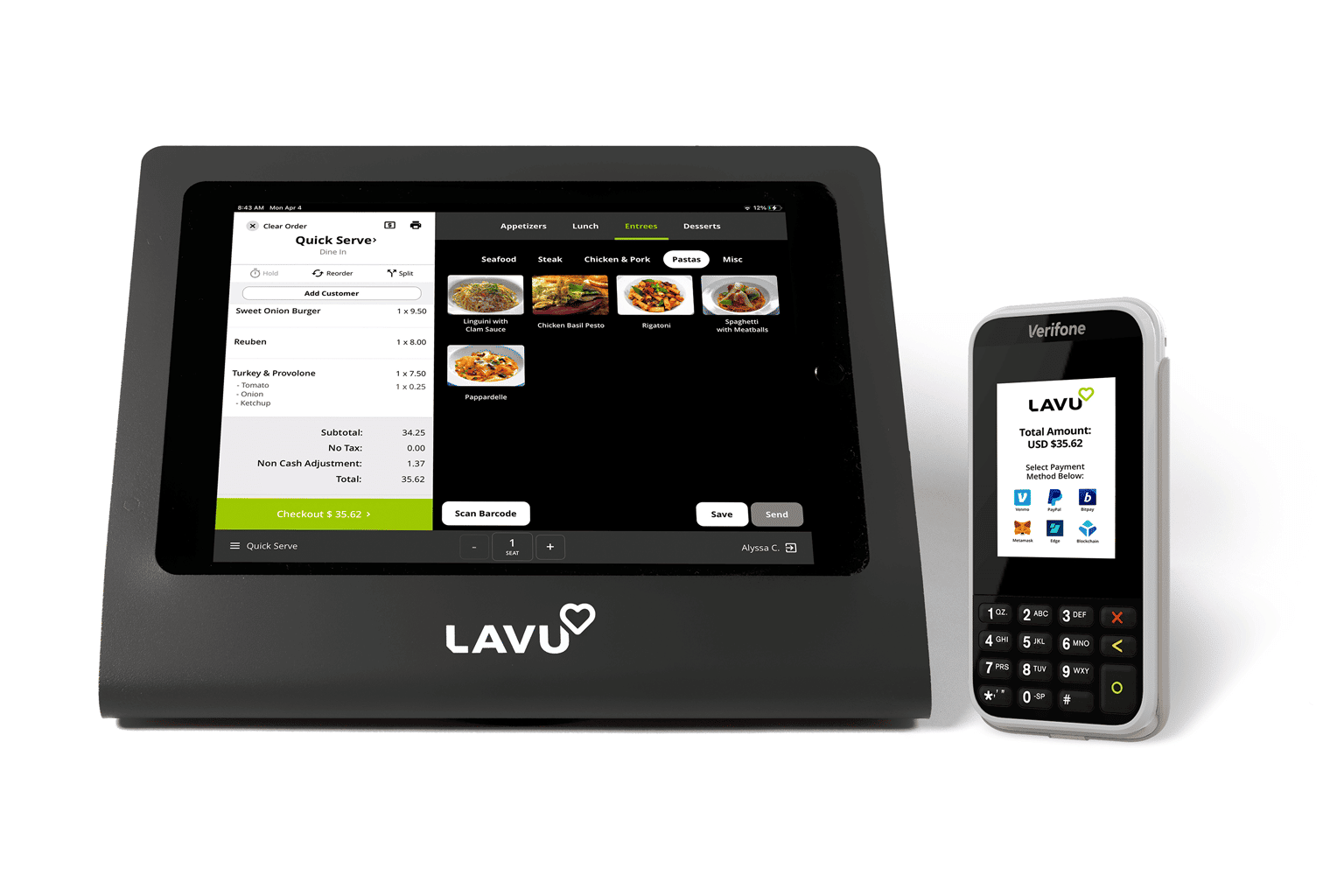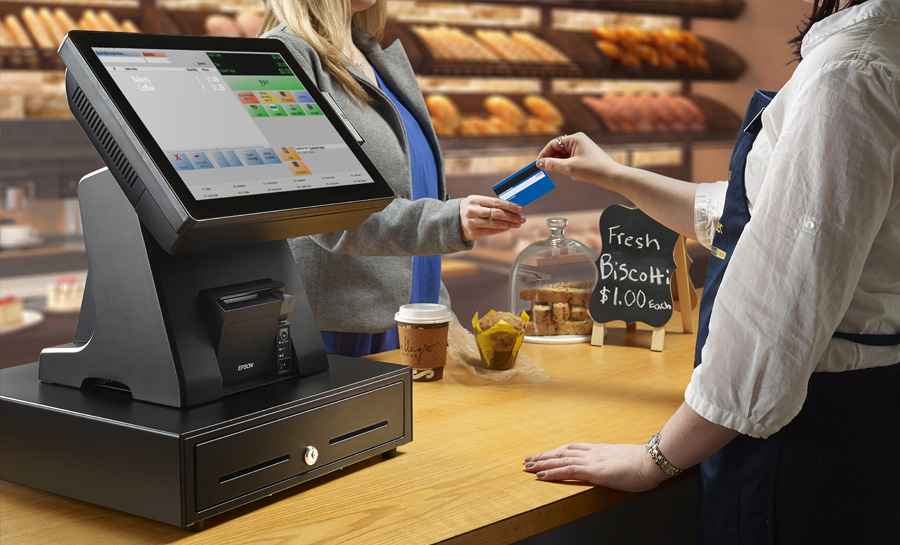Mobile POS Restaurant POS Software systems that increase efficiency
Wiki Article
Just How POS System Works: A Comprehensive Overview for Company Owners

Recognizing the Components of a POS System

Exactly How Sales Transactions Are Refined
When a customer makes a decision to make a purchase, the sales deal starts a series of organized steps within the POS system. First, the cashier inputs the products being acquired, which are scanned through a barcode viewers or manually gotten in. This action recovers product details, consisting of pricing and applicable taxes, from the system's database.Next, the consumer is provided with the total quantity due. The POS system after that processes the settlement, whether through money, bank card, or mobile settlement approaches (Restaurant POS Software). For digital settlements, the POS firmly communicates with payment processors to license and verify the transaction.Once the repayment is confirmed, the system generates a receipt, which can be printed or sent out digitally. This receipt offers as evidence of acquisition for the consumer. The deal data is videotaped in the system, making certain exact sales documents and monetary monitoring for the organization.Supply Monitoring and Tracking

Effective stock management and tracking are crucial components of a POS system, as they ensure that organizations preserve perfect supply degrees and lessen disparities. A robust POS system permits real-time supply updates, mirroring sales and returns instantly. This makes it possible for entrepreneur to keep track of stock degrees accurately, ensuring that prominent things are easily available while preventing overstocking of less prominent products.Additionally, advanced POS systems provide attributes such as automatic stock alerts and reorder ideas, streamlining the purchase process. Barcoding and RFID innovation boost accuracy in tracking inventory activity, reducing human error. Comprehensive reporting devices provide understandings into inventory turnover prices, helping companies make educated choices concerning buying and item offerings. Ultimately, effective supply management via a POS system not only enhances operational effectiveness however also enhances consumer satisfaction by making sure item availability.
Examining Customer Data and Insights
Client data evaluation offers as an effective tool for services using a POS system (Restaurant POS Software). By analyzing and gathering purchase data, services read more can reveal beneficial insights about consumer actions and choices. This analysis allows them to identify purchasing fads, peak buying times, and popular items, thereby educating supply decisions and marketing strategies.Additionally, organizations can section their customer base, permitting for customized marketing initiatives that deal with particular demographics or purchasing habits. Recognizing customer loyalty patterns also aids in developing targeted promos and benefits programs.The data amassed from a POS system can also disclose understandings into client comments, enabling companies to make educated decisions regarding item offerings and service enhancements. Inevitably, leveraging customer data effectively can boost the overall purchasing experience, foster customer contentment, and drive earnings development
Advantages of Carrying Out a POS System

Frequently Asked Questions
What Types of Organizations Can Take Advantage Of a POS System?
Various organizations gain from a POS system, consisting of retail stores, restaurants, beauty salons, and shopping systems. These systems streamline purchases, stock monitoring, and customer information, enhancing operational effectiveness and boosting consumer experience across varied sectors.Exactly how Much Does a POS System Normally Expense?
The expense of a POS system normally varies from a couple of hundred to several thousand dollars, relying on features, hardware, and software application. Companies should consider continuous fees for support, transaction, and maintenance handling when budgeting.
Can I Integrate a POS System With Existing Software Application?
Incorporating a POS system with existing software application is typically possible. Numerous systems provide APIs or built-in compatibility functions, allowing businesses to streamline procedures and boost performance by connecting various software applications successfully.
What Training Is Required for Team to Make Use Of a POS System?
Training for personnel to utilize a POS system typically consists of understanding software capabilities, processing deals, taking care of stock, and handling customer interactions. Practical demos and hands-on session enhance proficiency and self-confidence being used the system properly.What Happens if the Net Goes Down While Utilizing a POS System?
If the internet decreases during POS system usage, purchases might be interrupted. Lots of systems offer offline abilities, permitting fundamental operations to continue, but full capability, including real-time stock updates, will be limited. A Point of Sale (POS) system is composed of numerous crucial components that work with each other to facilitate deals and manage organization operations. Reliable supply monitoring and tracking are vital components of a POS system, as they guarantee that businesses keep perfect supply degrees and lessen discrepancies. Consumer information evaluation serves as an effective tool for companies utilizing a POS system. Comprehending consumer commitment patterns also aids in establishing targeted promotions and benefits programs.The data gleaned from a POS system can also reveal understandings into client comments, enabling services to make enlightened decisions relating to product offerings and service improvements. Implementing a click here POS system provides countless advantages that can substantially enhance company procedures.Report this wiki page